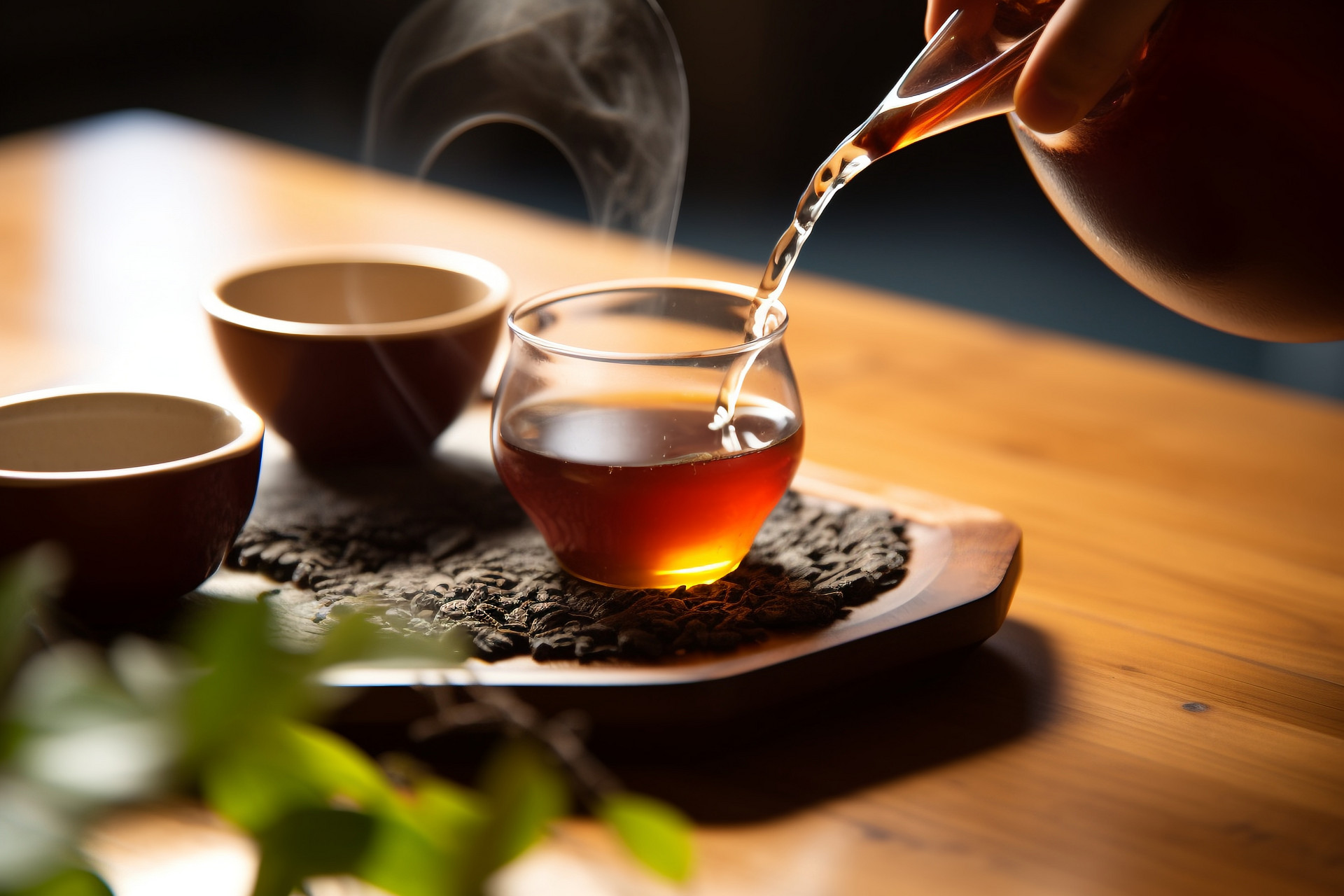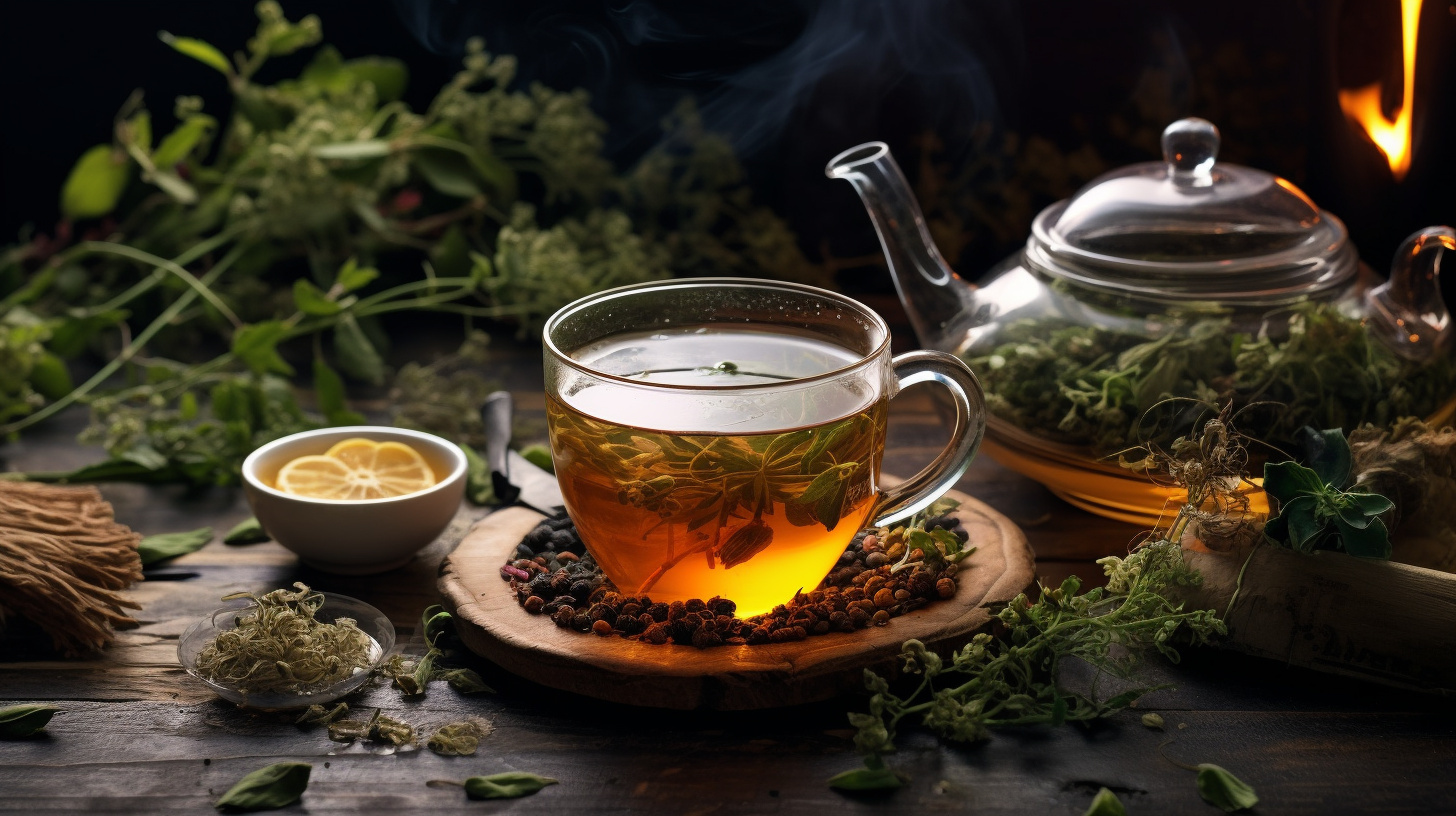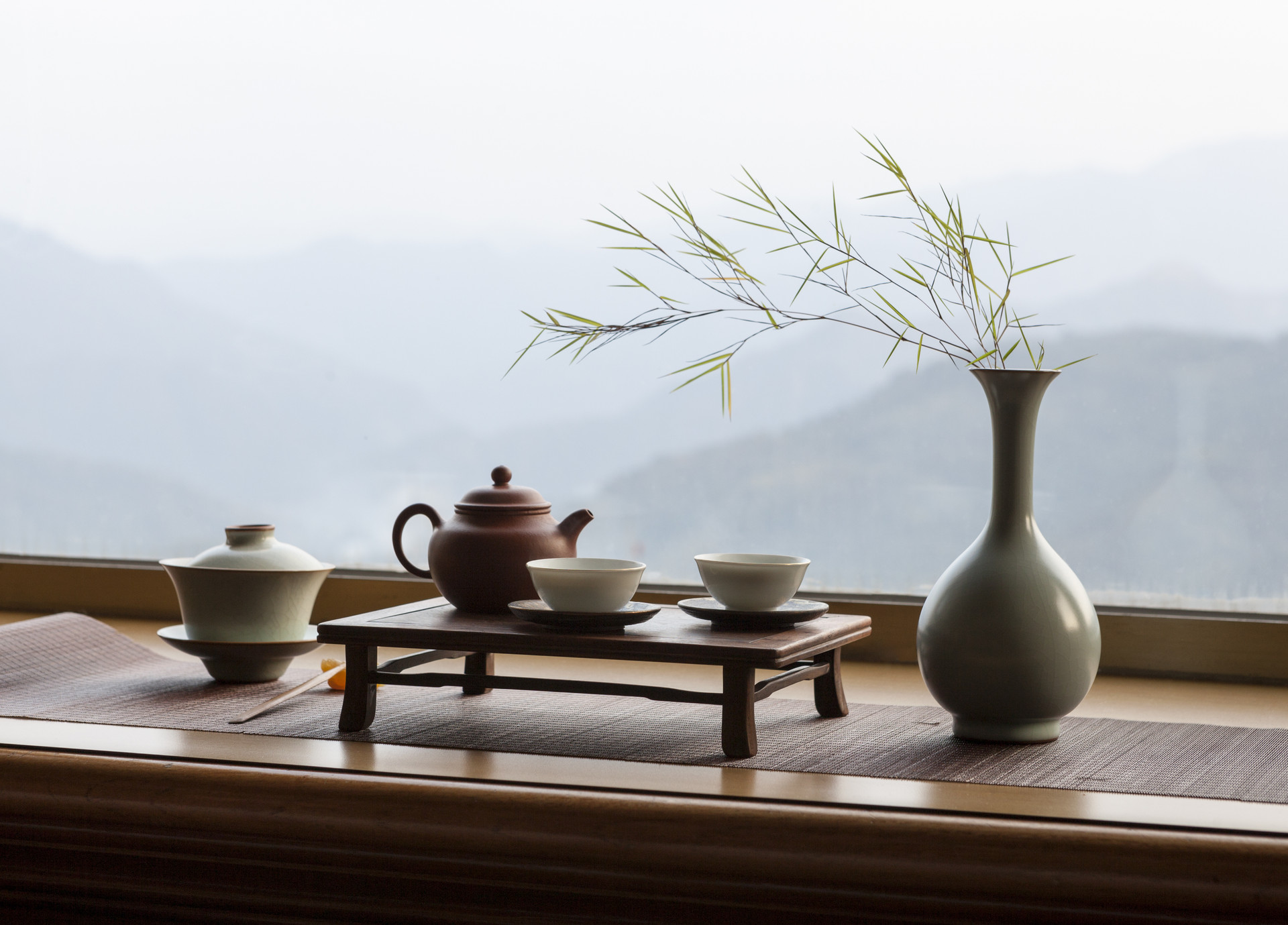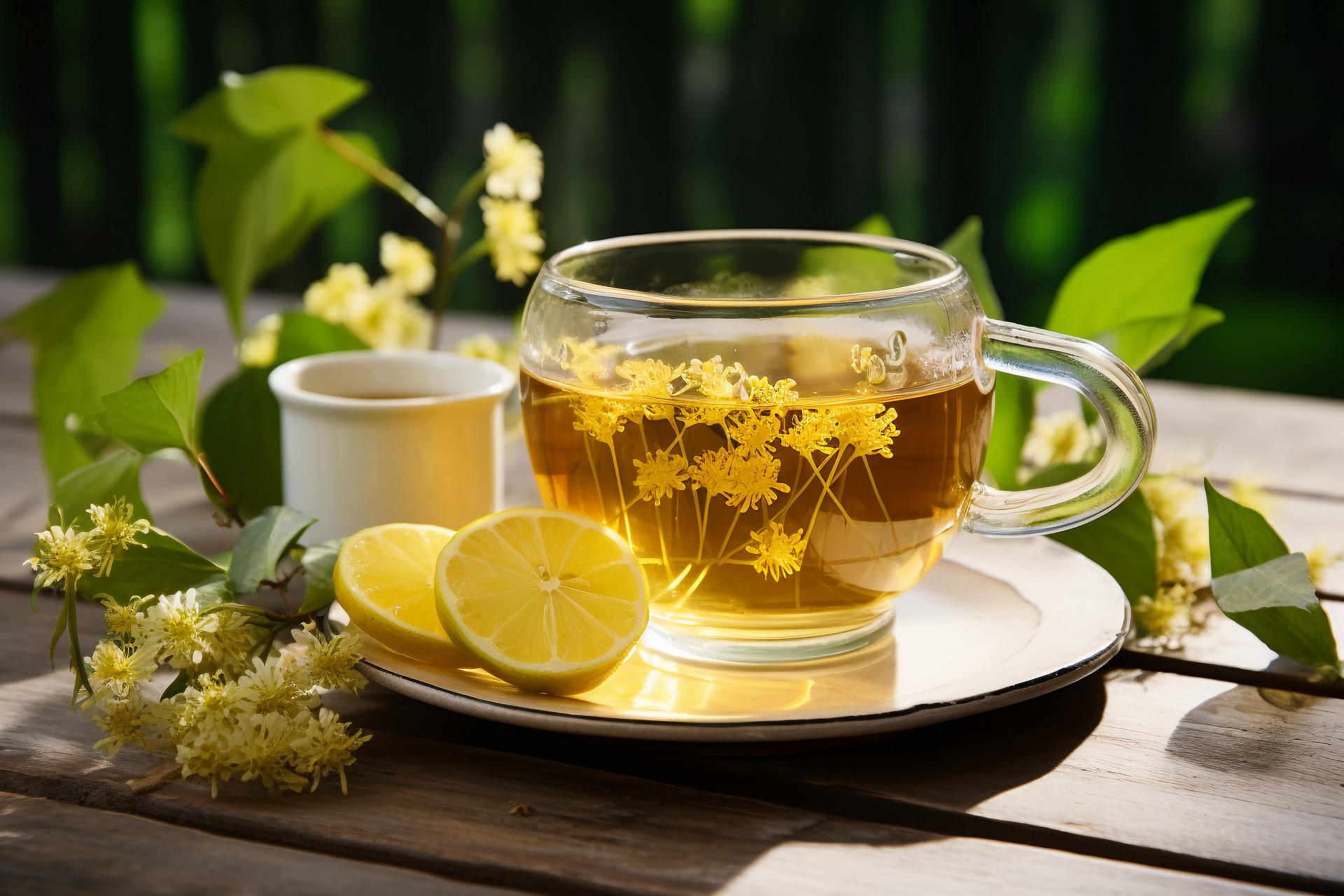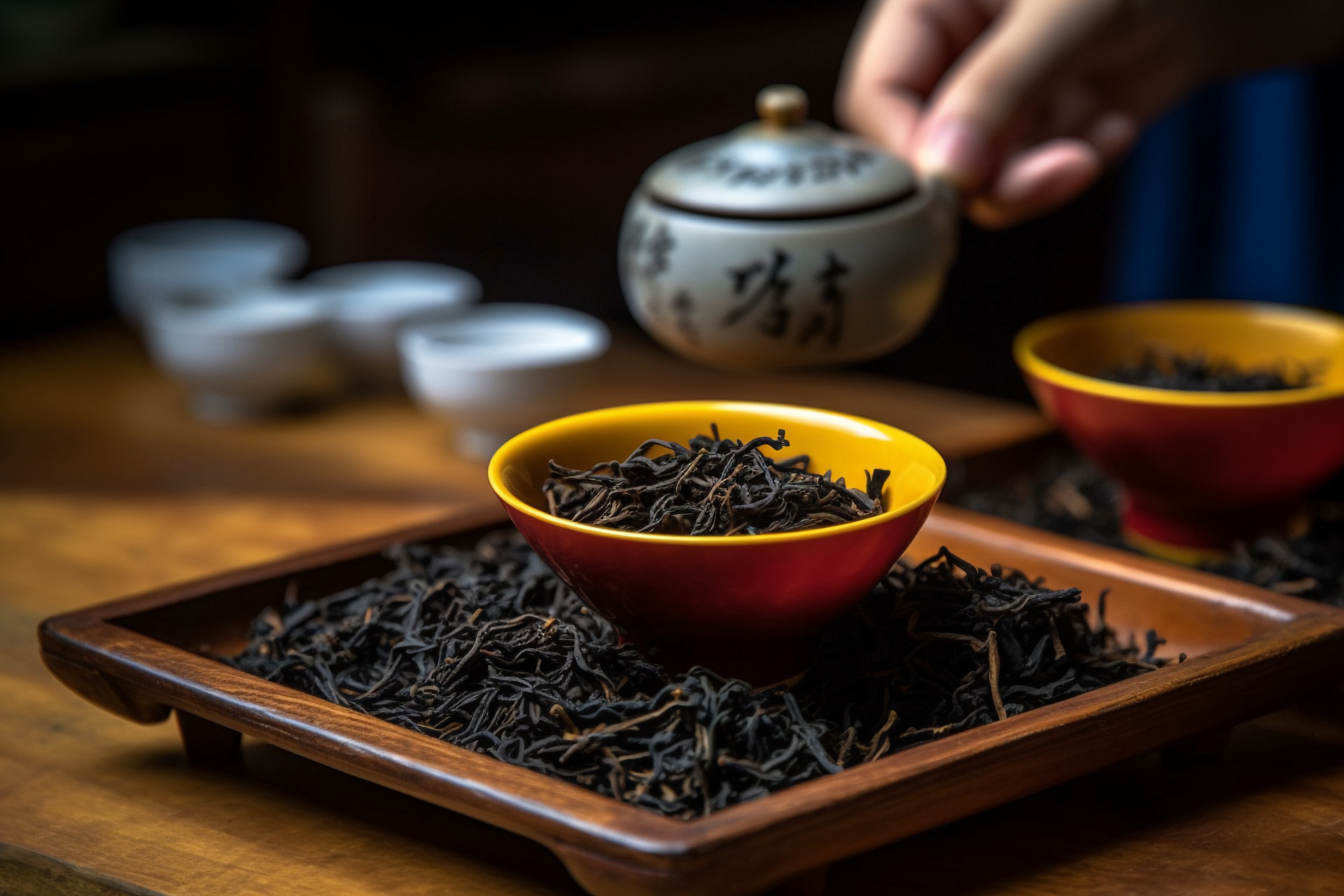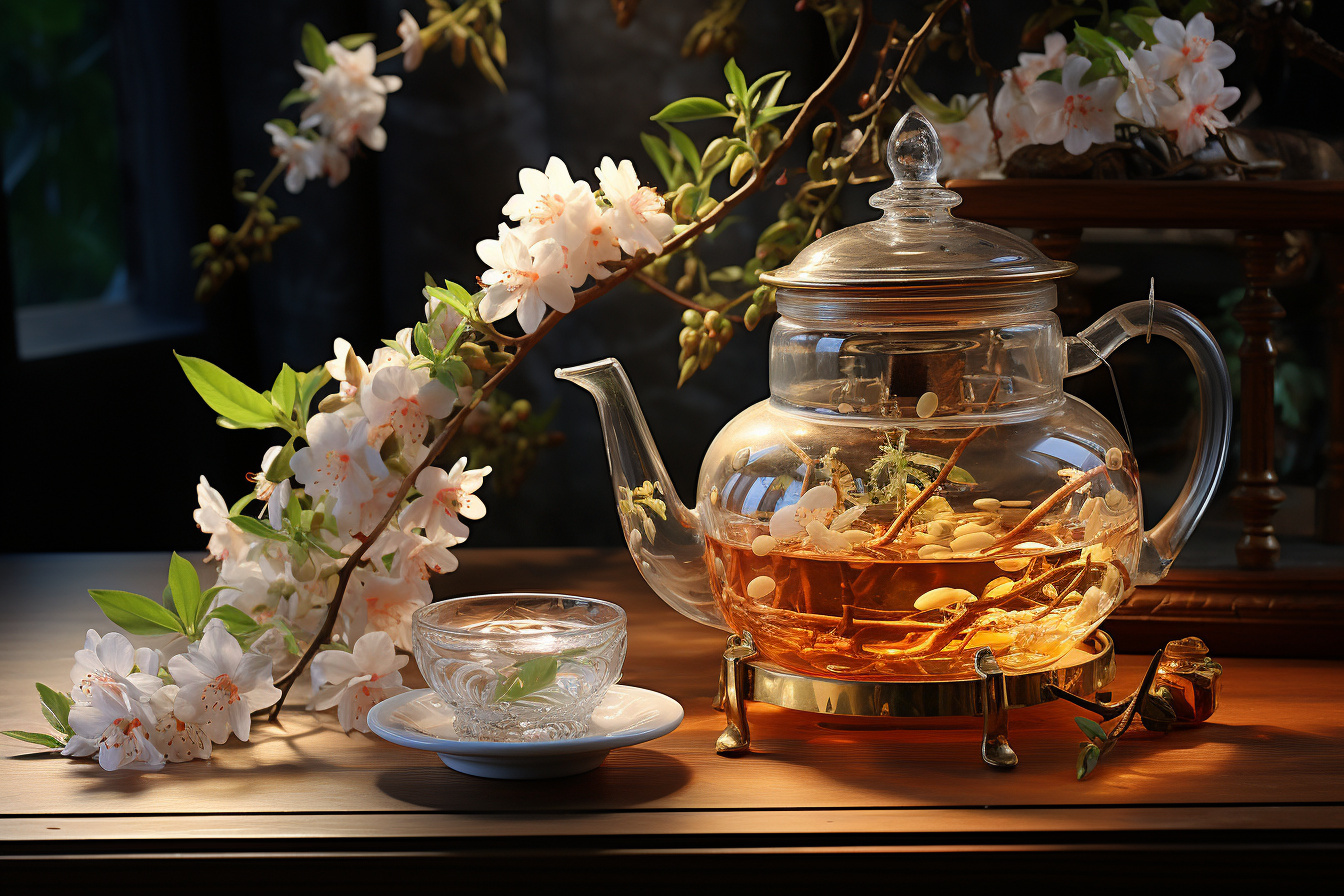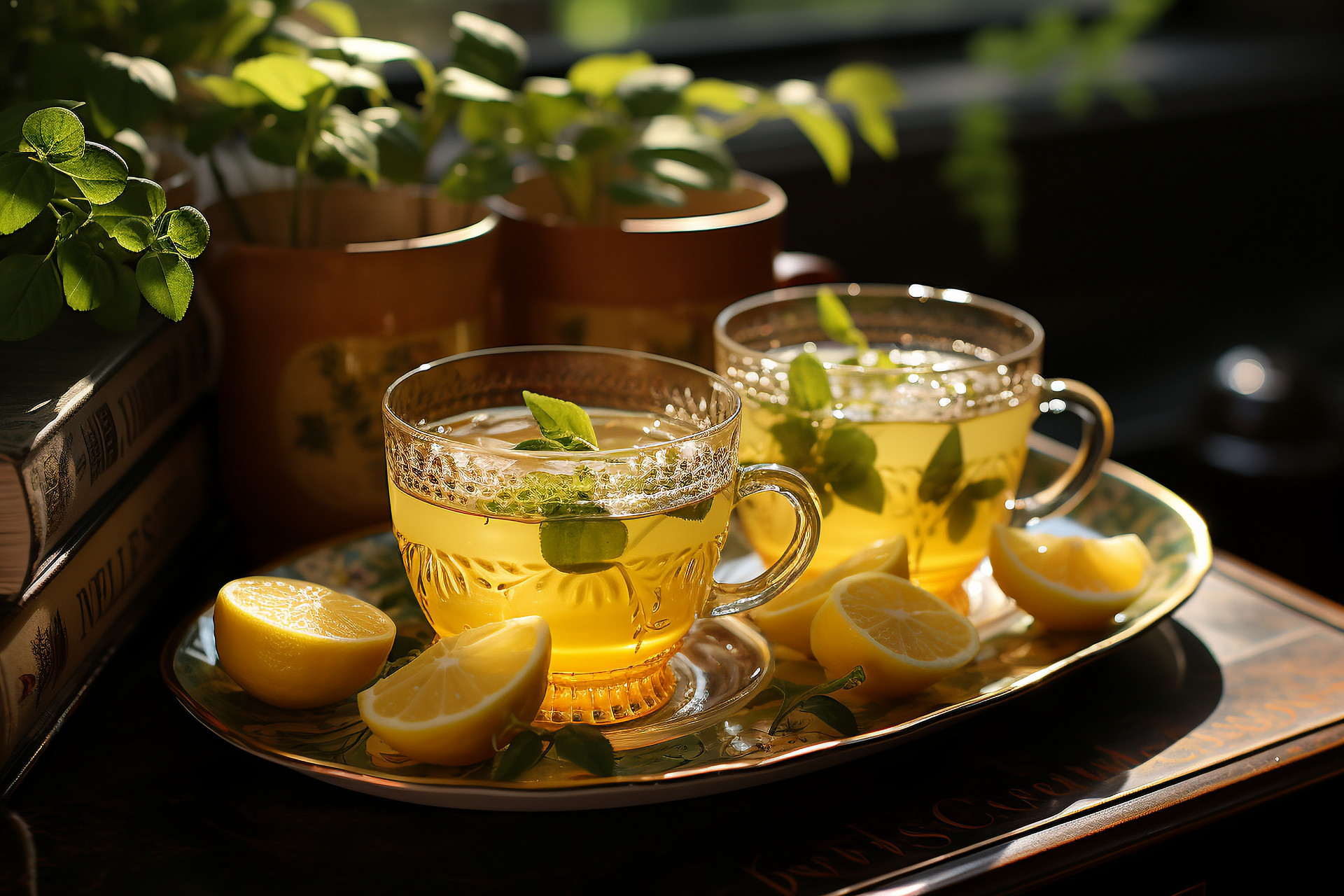Tea therapy has a long history and remarkable effects. It is easy to obtain and convenient to use. For those who understand it, tea therapy is a natural choice. However, there are some important considerations when applying tea therapy.
Selection and storage of tea leaves
The first step in tea therapy is selecting the right tea leaves. The most important factor to consider is that the tea leaves should not be moldy. Moldy tea leaves not only lose their nutritional and medicinal properties, but can also be toxic to the body. Furthermore, different types of tea leaves should be chosen depending on the specific condition or season. For example, green tea is considered to have a "cooling" nature, so it is suitable for conditions that are "heat" in nature or during hot summers. Red tea has a "warming" nature, so it is suitable for conditions that are "cold" in nature or during cold winters. Oolong tea has a more balanced nature, so it is suitable for conditions that are neither clearly "hot" nor "cold" in nature or during autumn. Flower teas, such as jasmine and magnolia, have a dispersing nature according to traditional Chinese medicine, which can help relieve liver stagnation and improve mood. They are suitable for patients with depression or during spring. However, the choice of tea is not absolute, especially in complex tea therapy formulas, where the slight bias of one type of tea can be balanced by other ingredients. Additionally, different types of tea have different levels of certain substances. For example, green tea contains more vitamin C, vitamin B1, vitamin B2, trace element zinc, and tea polyphenols compared to other teas like oolong tea and red tea. Based on these components and their effects, green tea is considered better for reducing cholesterol, preventing and treating vascular sclerosis, preventing cancer, and delaying aging. However, excessive consumption of strong green tea, especially on an empty stomach, can cause discomfort due to the stimulation of excessive tea polyphenols on the stomach. In such cases, the amount and concentration should be reduced, or red tea can be used instead. Tea leaves should be kept dry and stored in a sealed, opaque, and odorless container in a cool environment. It is also recommended to purchase tea in small quantities multiple times for convenience.
Selection and preparation of herbal ingredients
Tea leaves contain various nutrients and active ingredients, but the daily recommended amount for adults is generally between 6-15 grams, and the maximum amount used in tea therapy is usually not more than 20 grams. Therefore, the amount of individual ingredients in a tea therapy formula is relatively small. As the saying goes, "A fence needs three stakes, a good man needs three friends." From a clinical perspective, tea therapy is often combined with other Chinese herbal medicines to achieve better therapeutic effects.
So how do we choose the herbal ingredients? First, according to the selected tea therapy formula, the weights of various herbal ingredients should be multiplied by appropriate factors. Under the guidance of a doctor, the ingredients can be purchased from a reputable hospital pharmacy or Chinese medicine store, with each type of herb packaged separately. It is important to carefully examine the herbs and avoid using any that are moldy, infested with insects, rotten, or contain obvious impurities such as sand and mud. After purchasing, the herbal ingredients should be quickly rinsed with clean water (except for those soluble in water) for about 2-3 minutes to remove dust and impurities. Then, the herbs should be cut or processed into small pieces or sections using a knife or scissors. Afterward, the herbs can be sun-dried or dried using an electric oven. If available, it is best to use household disinfection cabinets or ultraviolet lamps to disinfect the herbs directly used for brewing. Finally, the herbal ingredients should be mixed according to the weight ratio, and the dose for each solution should be measured. They should be wrapped in moisture-proof paper and stored in moisture-proof containers or bags until ready to be combined with tea leaves for brewing.
Selection of tea therapy formulas
Tea therapy is a traditional treatment method that belongs to the field of traditional Chinese medicine. Therefore, tea therapy should also follow the principles of diagnosis and treatment in traditional Chinese medicine. For example, if the disease is of a "cold" nature, a "warm" tea therapy method should be chosen to balance it; otherwise, it may worsen the condition. Similarly, if the disease is of a "warm" nature, a "cool" tea therapy method should be chosen to balance it; otherwise, it may exacerbate the condition. For example, in the case of a cold with symptoms of chills, fever, no sweat, headache, and clear runny nose, a warm Qiangxiong tea should be chosen. In the case of a cold with symptoms of fever, aversion to wind, headache, yellow runny nose, and sore throat, a cool Yinqiao Bugu tea should be chosen. If the wrong tea therapy method is chosen, it can either worsen the condition or have no effect. Therefore, it is important to carefully read and understand the efficacy of each tea therapy formula and, if necessary, consult medical professionals. It is also worth noting that although tea therapy has a wide range of benefits, like other things in the world, it has its limitations and is not a cure-all. From a clinical perspective, tea therapy is most suitable for chronic diseases, health maintenance, and beauty care. With consistent use, it can achieve good results. However, for acute conditions, serious illnesses, and rapidly changing diseases, it is important to seek medical treatment in a hospital as soon as possible for more effective measures. Of course, under the guidance of a doctor, tea therapy can be used as an auxiliary method.
It is also important to note that tea therapy solutions should be prepared and used immediately. Once the solution becomes spoiled for any reason (such as being stored for too long or contaminated), it should not be consumed as it can be harmful. The instructions for preparing tea therapy solutions in each tea therapy formula should be carefully followed and not taken lightly, as this is an essential step for achieving therapeutic effects.


![[The Risks of Eating Hawthorn During Pregnancy]](https://tcmmaintenance.com/uploads/20240715/97742b67f97f94c495ae1389337c5c41.jpg)
